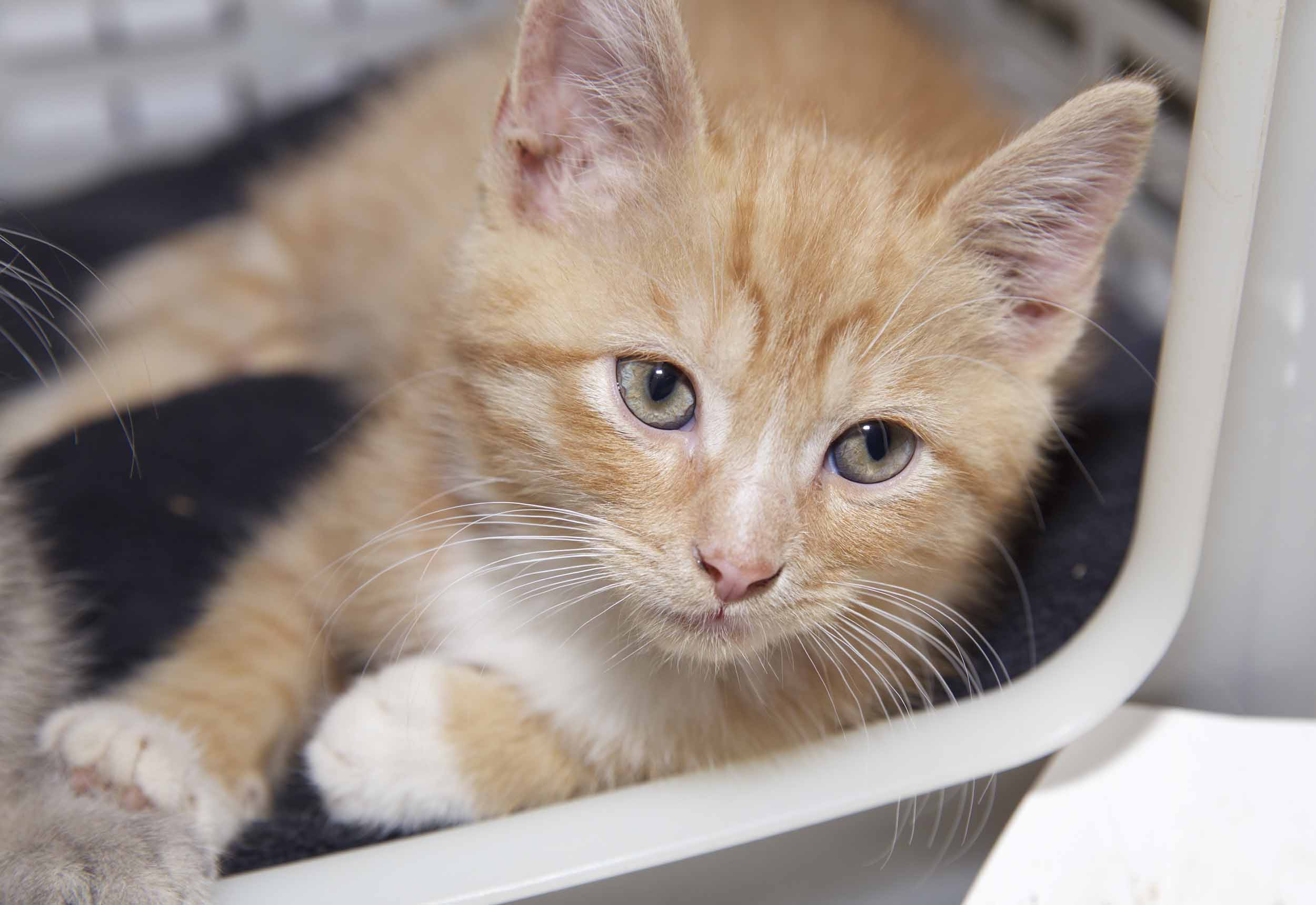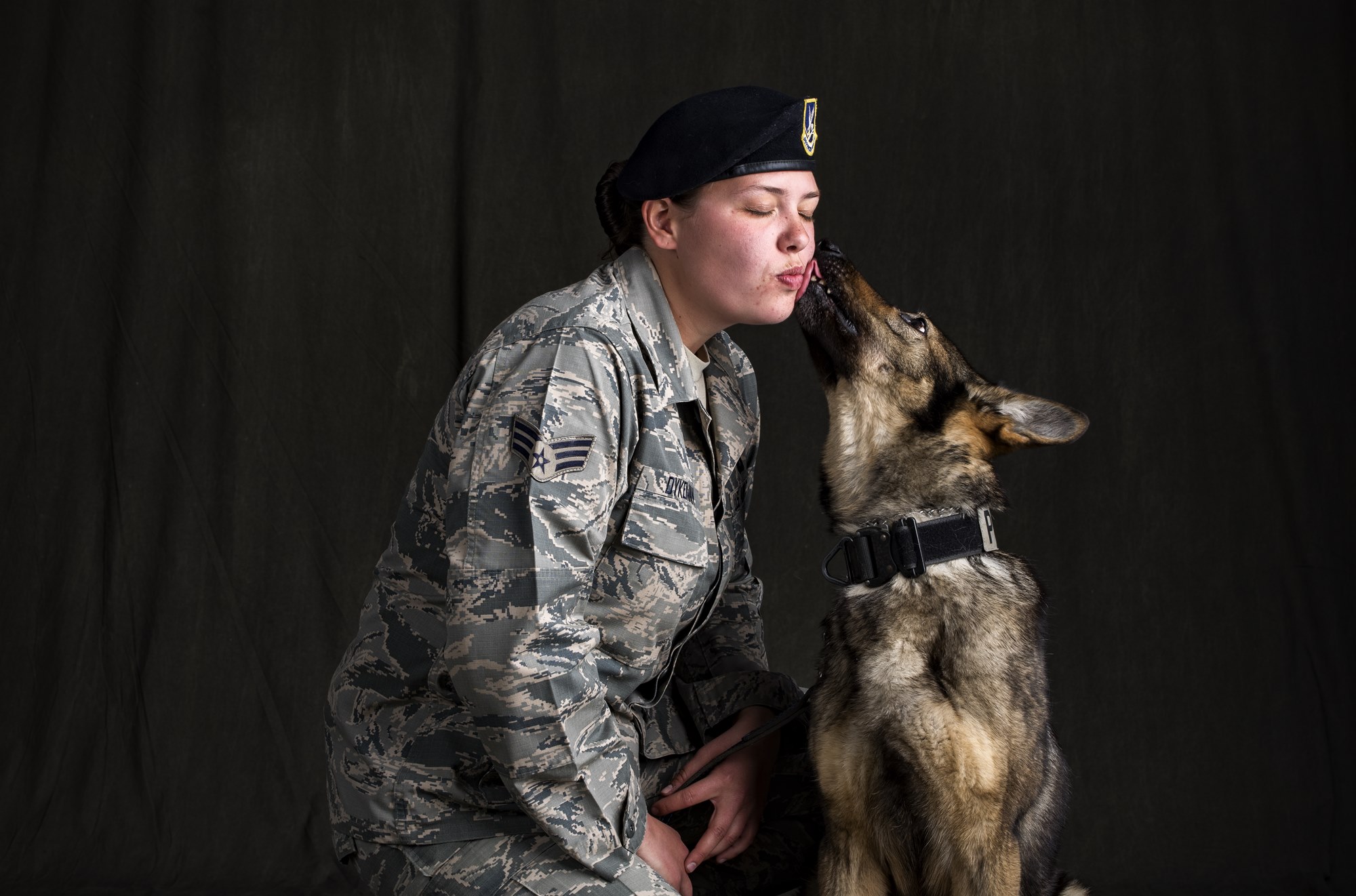By Kathleen Millat Johnson
Do rats laugh? Researcher and Neuroscientist Jaak Panksepp concluded, after 30 years of observing rats in social interactions with other rats and humans, that they do. The chirping sounds rats make were interpreted by Panksepp, wearing his sound amplifiers, as laughter.
He discovered the chirping of rats indicated enhanced interactions; seductive invitations or just contented chuckling as rats socialized. They also chirped or laughed when they played or while they waited for the opportunity to play.
Panksepp’s conclusions regarding rats’ laughter resulted in gales of laughter from his colleagues. This didn’t stop Dr. Panksepp. He continued experimenting and found that rats love to be tickled especially on their tummies and necks. In one experiment, one hand of a researcher stroked the rat, then the other hand was used specifically for tickling the rat. The rats always preferred the “tickle” hand. Their chirping was off the charts when researchers found their sweet spot—the napes of their necks.
Panksepp, who died in 2017, was a Neuroscientist, Psychologist, Psychobiologist and an author. His most renown book, The Archeology of the Mind, explored emotions and the brain. His work with rats is recorded in several films including National Geographic’s See What Happens When You Tickle a Rat, which you can watch on YouTube.
Rat Reactions
For many, just the mention of the word “rat” elicits a reaction of horror and repulsion. Think of poverty, sewers, filth, disease and garbage dumps and you may think of rats. However, those who have rats as pets have quite a different take on them. They find their pets clean, friendly, affectionate, easily trained and interesting.
De Daltorio, Director of the Humane Education Department at Charleston Animal Society, remembers the time she had a negative reaction to the tails of rats. Now, however, she loves rats, tails and all, and the important part they play in the shelter’s Humane Education program.
“They are amazing ambassadors who turn people’s opinions of rats from fear and disgust to appreciation,” Daltorio reports.
Her Education Team takes the rats to schools and for visits to Charleston Animal Society’s Summer Camps for kids. “The children love them,” Daltorio continues. “While the kids sit in a big circle on the floor, back to front, the rats travel from one child’s shoulders to another.”
Between outings, the home of the rats is in the Education Department at Charleston Animal Society where they are cared for by volunteers who clean their cages, feed and play with them. Visitors can see them at the shelter living the good life and even swimming in their own pool. (There’s no sewer for these guys!)
“We just lost a lovely rat named Rizzo,” Daltorio notes. “She was so easy going. We all loved her and miss her so much. The sad thing about rats is that they only live for around three years.” Daltorio is being modest about Rizzo. Her previous owners had trained her to play basketball!
Hero Rats
Who knew that rats are compassionate? It doesn’t fit with their image but rats have demonstrated this quality many times to researchers. During experiments they choose to guide a fellow rat out of a maze or help one struggling in water. Their choices show that they are able to think beyond themselves even ignoring an offering of chocolate, their favorite treat, when another rat needs help. It has been postulated that rats have empathy, too. If they have had the same misfortune they are even quicker to come to the aid of a fellow rat in need.
Consider some of their other talents. Giant Pouched rats (three feet long) in Africa are being trained by an international organization called APOPO to sniff out tuberculosis. They can sniff out TB bacteria in sputum samples in seven minutes while it takes the team in the Lab up to seven hours to complete the diagnosis.
APOPO is a non-profit organization founded in 1990 in Belgium by Bart Weegens. His own interactions as a boy with small animals including rats convinced him that there was potential in these versatile, intelligent, trainable creatures.
Rats can be trained to identify buried landmines and have been used in Cambodia, Columbia, South America and in Countries in Africa to detect these deadly explosives. Training rats is less costly than training dogs and their light weight will not set off the buried landmines.
“HeroRATS” are what APOPO calls them and several videos on YouTube demonstrate how they execute their detection work. The trained rat, wearing a harness and leash sniffs over small patches of ground searching for the smell of TNT while the handler waits nearby in safety.
For more information see the APOPO’s website: www.apopo.org for their many projects which include the opportunity to sponsor a date night, with dinner and candlelight, for a pair of rats to promote mating. APOPO has a continuous need for more rats. You can also support the training costs for a landmine detecting rat. This allows you to name it and follow his or her life as a HeroRAT.
Rats are building great résumés with their varied work experience. In the Netherlands, police have begun to use brown rats to sniff out gunshot residue in crime cases. Another job for rats is carrying computer cables through hard-to-reach places in the walls from one installer to the other. And rats are becoming popular as pets for autistic children who like their small size.
Charleston Animal Society’s policy on rescuing rats is the same as for all other animals. Daltorio reported that in 2017, Charleston Animal Society rescued 100 small animals, including many rats from a hoarding case near Beaufort, SC. The recovered rats were well cared for and adopted. Among them may be a rat who will follow in the tiny footsteps of sweet Rizzo and become another “amazing ambassador.”
Rat Facts:
There are 60 species of rats from small rats the size of mice to rats three feet long.
- Male rats are called bucks and female rats are called does.
- Babies are called pups or kittens.
- A group of rats is called a mischief.
- Fancy rats are bred in various colors even a blue tone.
- There are Manx rats that are without tails, just like the Manx cats.
- Female rats can mate 500 times in a six-hour period.
- Rats have excellent memories and can be trained like dogs with food rewards.
- They can easily walk a tightrope using their tails for balance, making them popular performers at traveling rat circuses in the 1800s





